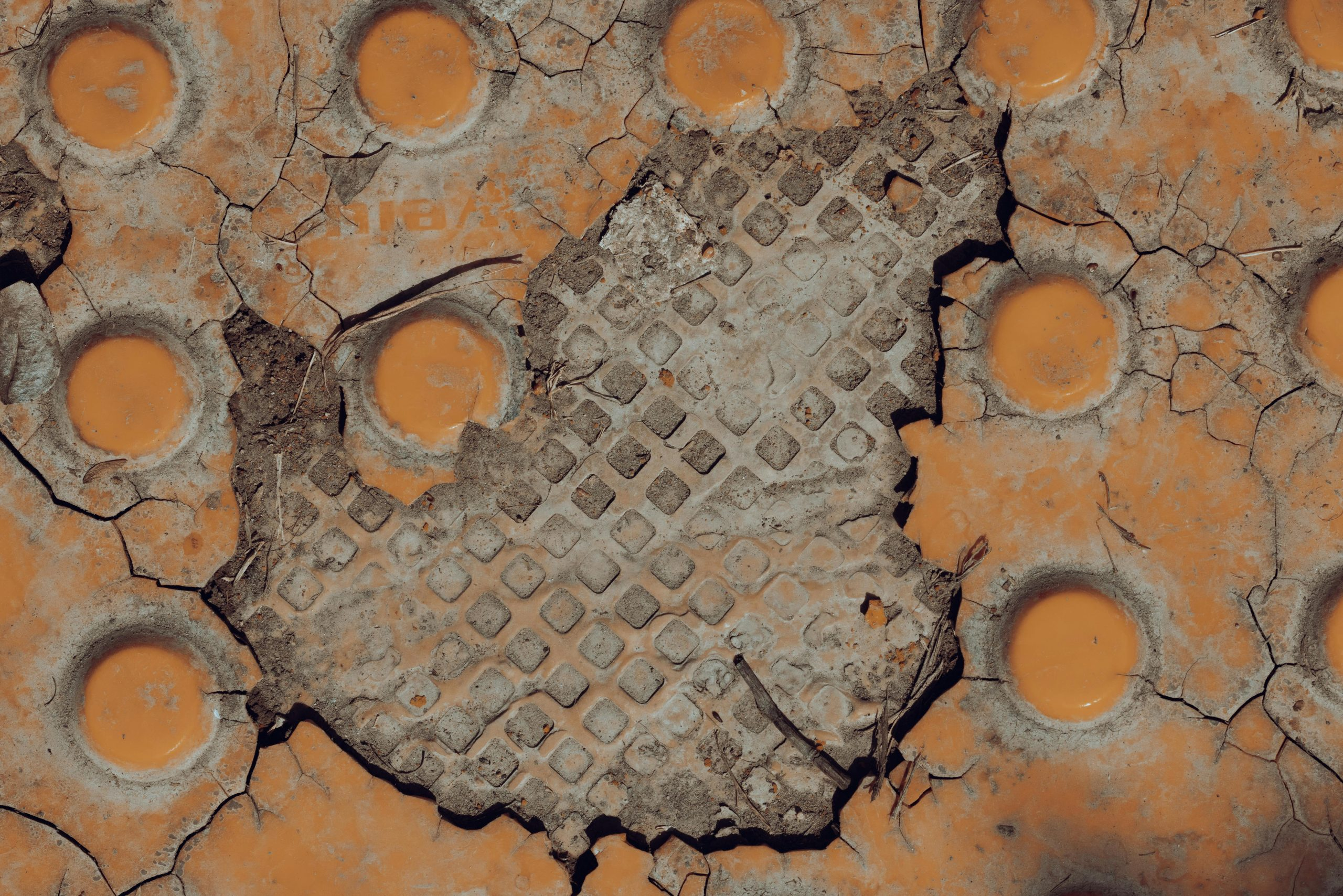E-Waste Mining: Urban Landfills Become Rare Earth Troves
Electronic waste, also known as e-waste, has become a growing environmental concern in recent years. As technology continues to advance and products become obsolete faster, more and more electronic devices end up in landfills around the world. But what many people don’t realize is that e-waste also contains valuable resources, such as rare earth elements, which can be extracted and reused. This process, known as e-waste mining, is gaining traction as a way to not only reduce the environmental impact of landfills, but also as a means to secure valuable resources. In this article, we’ll take a closer look at the concept of e-waste mining, specifically how urban landfills are becoming rare earth troves.
What is e-waste mining?
E-waste mining, also known as urban mining, is the process of extracting valuable materials from discarded electronic devices. This includes smartphones, computers, TVs, and other consumer electronics. These products contain a variety of materials, including gold, silver, copper, and rare earth elements. While these materials may be present in small amounts, the sheer volume of e-waste means that they can add up to significant quantities.
The issue of rare earth elements
Rare earth elements (REEs) are a group of 17 chemically similar elements that are crucial to modern technology. These elements are used in a variety of products, including smartphones, electric cars, and wind turbines. However, they are also highly sought after due to their scarcity and their growing demand. China currently dominates the market for REEs, controlling over 70% of the world’s supply. This has led to concerns about the security of supply for other countries, as well as the environmental impact of mining for these elements.
Why urban landfills are a promising source of rare earth elements
The idea of extracting rare earth elements from e-waste is not a new concept, but it’s only recently gained widespread attention. Urban landfills have been identified as a particularly promising source of these elements. One reason for this is the high concentration of electronic devices in urban areas. As more and more people switch to newer devices, older ones end up in landfills, creating a concentrated source of e-waste. Additionally, e-waste in landfills is relatively easy to access, as it’s not mixed with other waste materials, unlike traditional mining.
The challenges of e-waste mining
While e-waste mining has the potential to be a more sustainable way of obtaining rare earth elements, it does come with its own set of challenges. One of the main challenges is the lack of proper infrastructure and technology to extract and purify these elements. Currently, much of the e-waste that is collected is shipped to developing countries, where it is often processed in unsafe and environmentally damaging ways. To make e-waste mining a viable solution, there needs to be investment in proper recycling facilities and technology that can efficiently and safely extract rare earth elements from e-waste.
The benefits of e-waste mining
Despite the challenges, e-waste mining has the potential to offer a number of benefits. Apart from reducing the environmental impact of e-waste, it can also provide a secure supply of rare earth elements for countries outside of China. Additionally, e-waste mining can create new job opportunities, both in the recycling process and in the development of new technologies and infrastructure. It can also help to reduce the costs for industries that rely on these elements, making them more competitive in the global market.
The future of e-waste mining
While e-waste mining is still in its early stages, it has the potential to play a significant role in securing valuable resources and reducing the environmental impact of landfills. As technology continues to advance, it is crucial for governments and industries to invest in the necessary infrastructure and technologies to make e-waste mining a sustainable solution. By doing so, we can turn urban landfills from a source of environmental concern into a rare earth trove.
Electronic waste mining may not be the solution to all of our resource and environmental issues, but it is a step in the right direction. By extracting valuable materials from e-waste, we can lessen our dependence on traditional mining methods and create a more sustainable future. It’s time to start seeing our landfills as a potential resource rather than a waste disposal problem.











